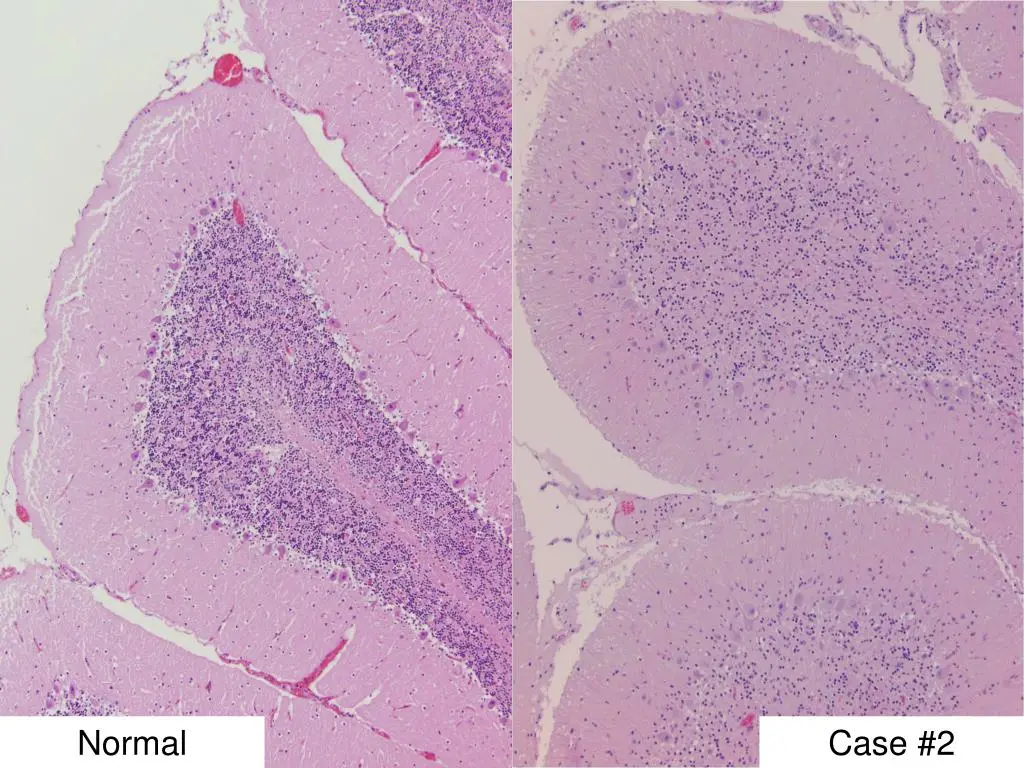Can Neuronal Ceroid Lipofuscinosis be Cured?
No
These disorders are generally progressive, and there is currently no cure; treatment aims to improve quality of life, manage symptoms, and address associated complications

What is Neuronal Ceroid Lipofuscinosis?
Neuronal ceroid lipofuscinoses (NCLs) are a group of rare genetic disorders that cause progressive neurodegeneration. There are different types with varying symptoms and age of onset. Treatment focuses on managing symptoms and providing supportive care. Ongoing research aims to develop targeted therapies for these complex conditions. Regular monitoring is important for addressing emerging concerns and adjusting the treatment plan as needed.

Clinical Aspects

Characteristics
Group of rare genetic disorders that cause a buildup of lipopigments in the cells, leading to neurological deterioration

Symptoms
Varies depending on the specific subtype; may include seizures, vision loss, motor decline

Diagnosis
Genetic testing, clinical evaluation

Prognosis
Variable, depends on the type and severity of the disease

Complications
Neurological deficits, complications affecting daily life
Etiology and Treatment

Causes
Genetic mutations affecting various genes (CLN1 to CLN14)

Treatments
Supportive care, management of symptoms, seizure control, physical therapy

Prevention
Supportive care, management of symptoms, seizure control, physical therapy
Public Health and Patient Perspectives

Epidemiology
Rare genetic disorder causing progressive neurological decline

Patient Perspectives
Supportive care, symptomatic treatment, management of complications
While the information presented here reflects the current knowledge about these conditions and treatments, it’s important to understand that individual cases may differ. Consulting with a healthcare professional is crucial for accurate information tailored to your specific needs.
Share: